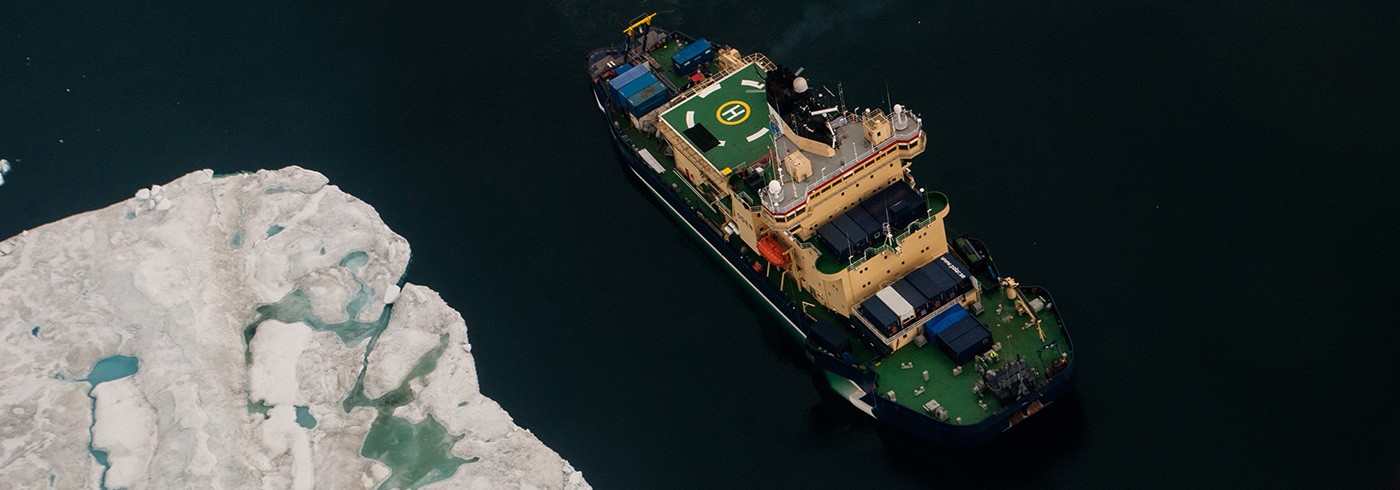Knowledge of how clouds are formed in the Arctic helps us to predict future climate
8 August 2016 - 20 September 2016The climate in the Arctic is particularly sensitive, and the Arctic average temperature increases more quickly than that in the rest of the world. Researchers are not really sure which processes are most important for the rapid Arctic climate changes, and modern weather forecasts and climate models tend to work less well in this region. Many processes that are important for the climate cannot be described directly in our climate models, but must be described indirectly, and how this is done has often been developed on the basis of measurements from lower latitudes. As environmental conditions are different in the polar regions, this results in calculations of the future climate in the Arctic being more uncertain than for other places in the world.
The vertical temperature distribution in the air is different in the Arctic compared with the rest of the world, and this affects issues such as cloud formation. Clouds consist of small water droplets or ice crystals, or a mixture of the two. The composition of a cloud not only affects its shape and lifespan, it also affects how the cloud reflects solar radiation and how it absorbs and emits thermal radiation, which thus also affects the total radiation balance. Cloud formation is also affected by particles that help the water to condense into water droplets. These very small particles are known as condensation nuclei, and consist of both salt and biologically formed compounds, and of both natural and human-generated particles. There are very few measurements from the Arctic, because it is both difficult and expensive – which means that expeditions such as Arctic Ocean 2016 are invaluable.

Weather balloon getting released from icebreaker Oden. Photo: Anna Fitch
During the expedition, measurements were taken using several automatic stations, which observed, among other things, wind, temperature and humidity, and the concentration of greenhouse gases at high frequency, in order to be able to calculate turbulent airborne fluxes of, for example, heat, moisture and other gases from the surface of the sea. This vertical distribution of clouds were observed using LIDAR, as was visibility and incoming solar and thermal radiation. Weather balloons were also launched in order to ascertain how wind, temperature and humidity varied with height.
These unique measurements are necessary in order to understand how clouds are formed in the Arctic and what the condensation nuclei consist of, and to see how the Arctic is affected by changes in the atmosphere, as well as what the energy exchange of heat, water vapour, carbon dioxide and aerosols between sea, ice and atmosphere looks like. The knowledge gained from this can be used to improve modern climate and weather forecast models and thus produce better weather forecasts and estimates for the future climate.

